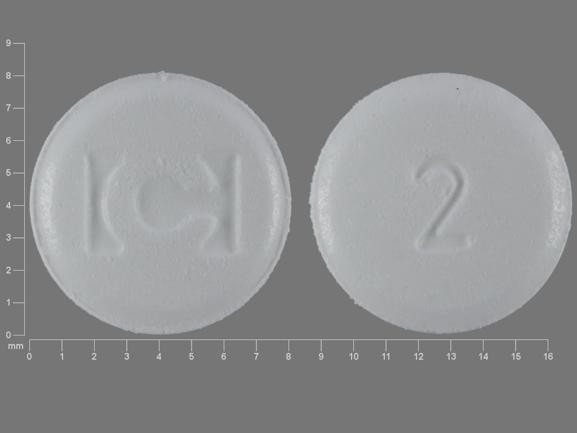Fentora Interactions
There are 635 drugs known to interact with Fentora (fentanyl), along with 17 disease interactions, and 1 alcohol/food interaction. Of the total drug interactions, 259 are major, 372 are moderate, and 4 are minor.
- View all 635 medications that may interact with Fentora
- View Fentora alcohol/food interactions (1)
- View Fentora disease interactions (17)
Most frequently checked interactions
View interaction reports for Fentora (fentanyl) and the medicines listed below.
- Ambien (zolpidem)
- Ambien (zolpidem)
- baclofen
- baclofen
- clonazepam
- clonazepam
- Cymbalta (duloxetine)
- Cymbalta (duloxetine)
- Dilaudid (hydromorphone)
- Dilaudid (hydromorphone)
- Klonopin (clonazepam)
- Klonopin (clonazepam)
- methadone
- methadone
- Neurontin (gabapentin)
- Neurontin (gabapentin)
- omeprazole
- omeprazole
- oxycodone
- oxycodone
- OxyContin (oxycodone)
- OxyContin (oxycodone)
- Valium (diazepam)
- Valium (diazepam)
- Vicodin (acetaminophen / hydrocodone)
- Vicodin (acetaminophen / hydrocodone)
- Xanax (alprazolam)
- Xanax (alprazolam)
- Zofran (ondansetron)
- Zofran (ondansetron)
Fentora alcohol/food interactions
There is 1 alcohol/food interaction with Fentora (fentanyl).
Fentora disease interactions
There are 17 disease interactions with Fentora (fentanyl) which include:
- impaired GI motility
- infectious diarrhea
- prematurity
- acute alcohol intoxication
- drug dependence
- hypotension
- intracranial pressure
- respiratory depression
- gastrointestinal obstruction
- fever
- adrenal insufficiency
- liver disease
- renal dysfunction
- seizure disorders
- urinary retention
- arrhythmias
- biliary tract disease
More about Fentora (fentanyl)
- Fentora consumer information
- Compare alternatives
- Pricing & coupons
- Reviews (14)
- Drug images
- Latest FDA alerts (15)
- Side effects
- Dosage information
- During pregnancy
- FDA approval history
- Drug class: Opioids (narcotic analgesics)
- Breastfeeding
- En español
Related treatment guides
Drug Interaction Classification
| Highly clinically significant. Avoid combinations; the risk of the interaction outweighs the benefit. | |
| Moderately clinically significant. Usually avoid combinations; use it only under special circumstances. | |
| Minimally clinically significant. Minimize risk; assess risk and consider an alternative drug, take steps to circumvent the interaction risk and/or institute a monitoring plan. | |
| No interaction information available. |
See also:
Duragesic
Duragesic skin patch is used to treat moderate to severe chronic pain. Learn about side effects ...
Sublimaze
Sublimaze is used for anesthesia, anesthetic adjunct, chronic pain, pain, postoperative pain, sedation
Dupixent
Dupixent is used to treat eczema, eosinophilic or oral-corticosteroid-dependent asthma, chronic ...
Actiq
Actiq is an opioid pain medication that treats breakthrough cancer pain that is not controlled by ...
Abstral
Abstral (fentanyl) sublingual tablets are used for the treatment of breakthrough pain in cancer ...
Lazanda
Lazanda (fentanyl) nasal spray is used to treat breakthrough pain in cancer patients. Includes ...
Subsys
Subsys (fentanyl) sublingual spray is an opioid pain medication used to treat breakthrough cancer ...
Paracetamol
Paracetamol (Panadol, Calpol, Alvedon) is a widely used over-the-counter painkiller and fever ...
Naproxen
Naproxen is a nonsteroidal anti-inflammatory drug used to treat pain or inflammation caused by ...
Further information
Always consult your healthcare provider to ensure the information displayed on this page applies to your personal circumstances.


